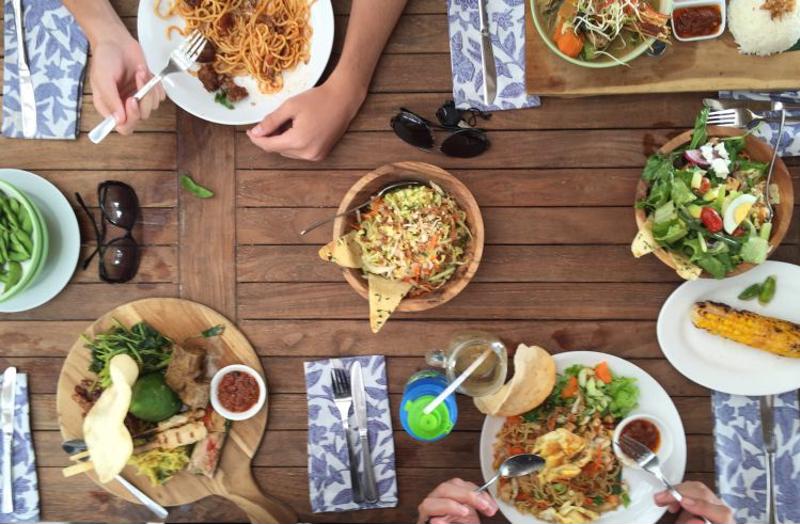Meal kits, those deliverable cases of all the ingredients needed to put together a fresh, family-style meal, continue to rise in popularity among a variety of demographics. The combination of convenience and, often, farm-fresh, responsibly sourced ingredients fits into a number of current trends.
What can prospective and current students at Boulder culinary schools learn about meal kits to help draw potential customers back to their restaurants? Let’s look at some recent trends in the meal kit arena and how you can revise your menu accordingly.

A unique form of convenience
Meal kits tap into a highly developed delivery infrastructure to hit a number of sweet spots for the people who use them. They remove much of the guesswork and advanced judgment sometimes required in choosing recipes, having the right ingredients on hand and preparing a dish in the best way possible. They also save time throughout the process, from grocery shopping to prep work, as research from Nielsen on the meal kit phenomenon pointed out.
Another benefit comes in the realm of dieting: It’s easy for people using meal kits to know exactly what they’re eating and how it’s prepared. Additionally, some may view the contents of a meal kit as healthier than a meal eaten outside the home. However, nutritional values can vary tremendously, depending on specific ingredients and cooking methods used by restaurants and home cooks.
It’s worth noting that cost wasn’t a common reason for using meal kits recorded by Nielsen’s study. With financial considerations set aside, it’s easy to see that restaurants can offer many or all of the same benefits as a meal kit, as well as some extra ones, like no need to clean up afterward. From an outreach perspective, chefs and restaurant managers should consider promoting the ease, simplicity and time savings of eating at a restaurant, as well as the prices and quality of food. Tapping into the sentiments that make people use meal kits is a potentially powerful strategy.
Industry instability
The Washington Post reported on the rising and falling fortunes of the meal kit industry as a whole in an article detailing major financial swings facing some of the largest companies behind the products. In a relatively new and untested industry, there are plenty of positives but also a variety of uncertainties abut long-term performance and customer preferences.
Industry consultant Brita Rosenheim told the Post that some investors have compared the meal kit industry to the daily deal phenomenon that arose in the late 2000s. That trend initially attracted plenty of attention but failed to turn into a highly profitable venture on a large scale. Although there are no clear signs that meal kits will suffer a similar fate, there are some relevant parallels to consider.
Just as some consumers hop from one meal kit provider to another to take advantage of introductory deals – and may or may not return to any one seller – consumers tended to make single daily deal purchases without developing any long-term brand or retailer loyalty. If similar issues proliferate in the meal kit market, the results could involve the same failure to achieve widespread market penetration as the short-lived world of daily deals.
Chefs should look at the potential for disruption and instability among meal kit providers as an opportunity to present their restaurants as stable, long-lasting providers of delicious meals. Developing recipes in line with what meal kit customers seek and providing them on a consistent basis, and at a steady price point, may help to compete with the popularity of such services.




